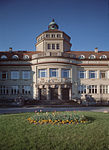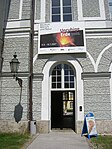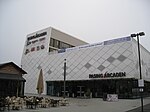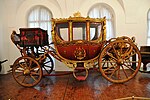Bavarian State Collection of Zoology
Bavaria building and structure stubsGerman museum stubsMuseums in MunichNatural history museums in Germany
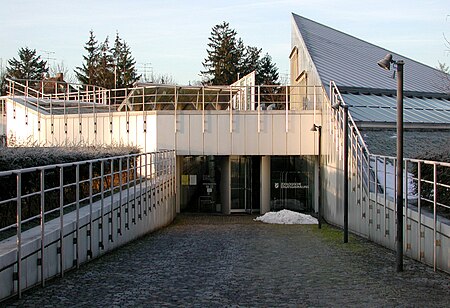
The Bavarian State Collection of Zoology (German: Zoologische Staatssammlung München) or ZSM is a major German research institution for zoological systematics in Munich. It has over 20 million zoological specimens. It is one of the largest natural history collections in the world. The sections are Entomology, Invertebrates and Vertebrates. The history of the museum is outlined on the museum's home page together with a biography of Johann Baptist von Spix the first curator of zoology.
Excerpt from the Wikipedia article Bavarian State Collection of Zoology (License: CC BY-SA 3.0, Authors, Images).Bavarian State Collection of Zoology
Münchhausenstraße, Munich Obermenzing (Pasing-Obermenzing)
Geographical coordinates (GPS) Address External links Nearby Places Show on map
Geographical coordinates (GPS)
| Latitude | Longitude |
|---|---|
| N 48.1646 ° | E 11.482 ° |
Address
Zoologische Staatssammlung München
Münchhausenstraße 21
81247 Munich, Obermenzing (Pasing-Obermenzing)
Bavaria, Germany
Open on Google Maps


